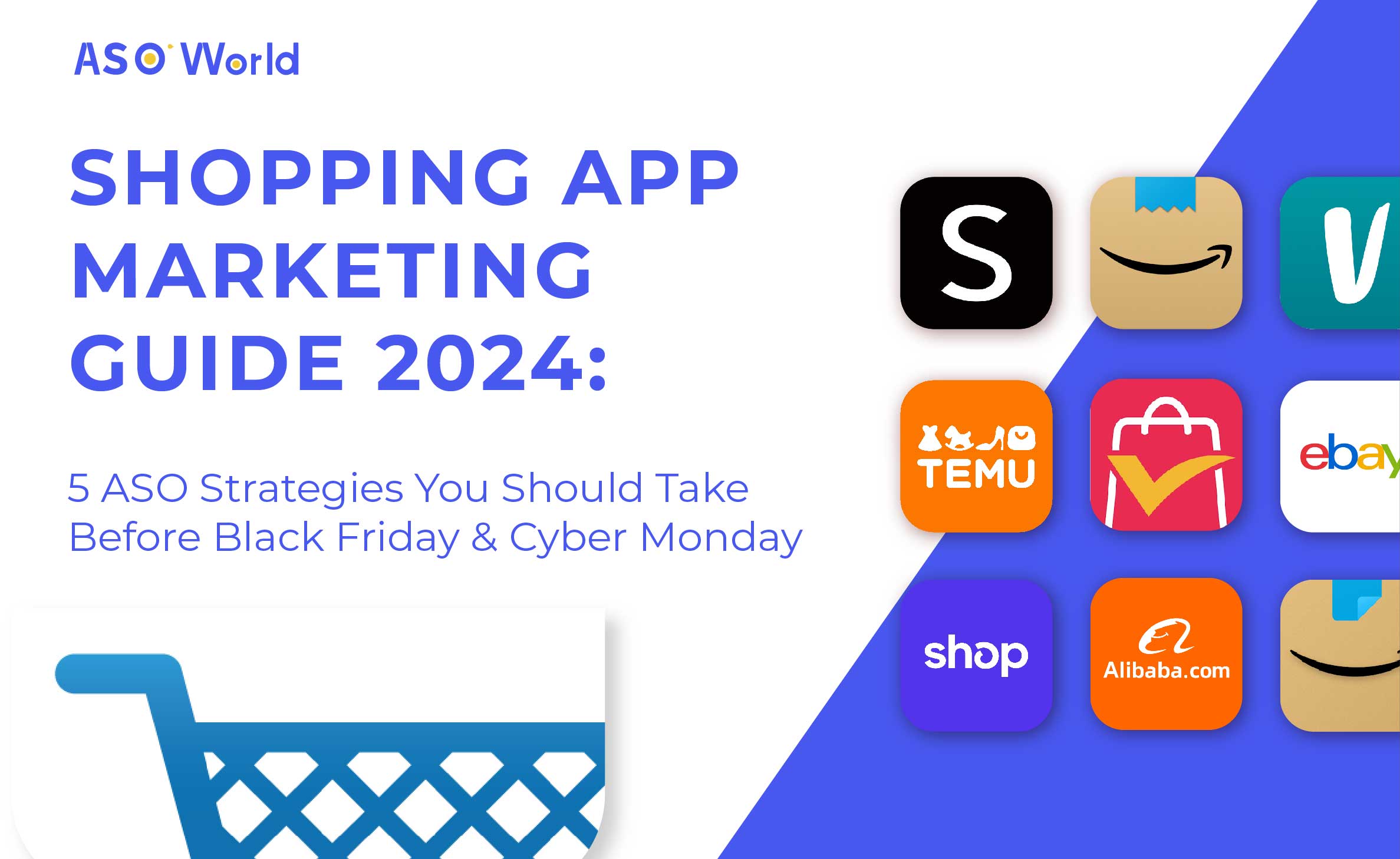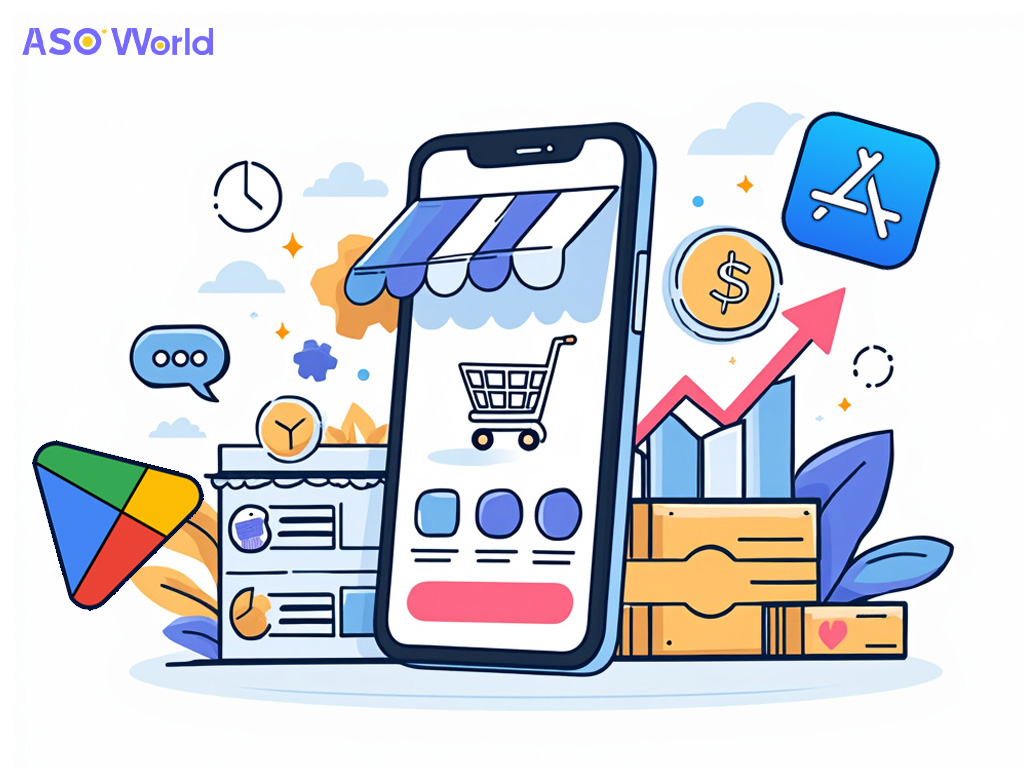Black Friday 2024 marked a historic moment for online retail, with global sales reaching $74.4 billion, a 5% increase from last year.
In the U.S., consumers spent a record $10.8 billion online, a 10.2% rise from 2023.
Salesforce reported even higher figures, estimating U.S. sales at $17.5 billion, up 7% year-over-year.
Driving Factors Behind the Growth
Mobile Shopping Surge
Mobile devices accounted for 55% of all online spending, totaling $5.9 billion, up 12.1% from the previous year.
This shift highlights the growing comfort consumers have with mobile shopping, contributing significantly to the overall sales increase.
💡 Shopping App Marketing Guide 2024: Five ASO Strategies You Should Take Before Black Friday & Cyber Monday
Impact of Discounts and Technology
Discounts played a crucial role in driving sales, with toys, electronics, and TVs seeing the highest markdowns.
Additionally, the use of generative AI chatbots saw a dramatic rise, with traffic from these sources increasing by 1,800%.
A survey revealed that 20% of U.S. consumers used chatbots for deal hunting, indicating a shift in how consumers discover products.
Methodologies and Data Insights
Adobe's data is derived from tracking 1 trillion visits to U.S. retail sites, covering 100 million SKUs across 18 product categories.
Salesforce collects its data from 1.5 billion consumers through its Commerce Cloud, Marketing Cloud, and Service Cloud. These methodologies provide comprehensive insights into consumer behavior and spending patterns.
Future Implications for Retail
The significant online sales growth during Black Friday underscores the evolving landscape of retail, with e-commerce becoming increasingly dominant.
The integration of mobile shopping and AI-driven tools like chatbots is reshaping consumer interactions and purchase decisions.
This trend is expected to continue, offering new opportunities and challenges for retailers worldwide.
Editor's Comments
The record-breaking Black Friday sales highlight the ongoing shift towards online shopping, driven by technological advancements and changing consumer preferences.
As mobile shopping and AI tools like chatbots become more prevalent, retailers must adapt to these trends to remain competitive.
The ability to leverage these technologies effectively will be crucial for capturing consumer interest and driving sales in future holiday seasons.

